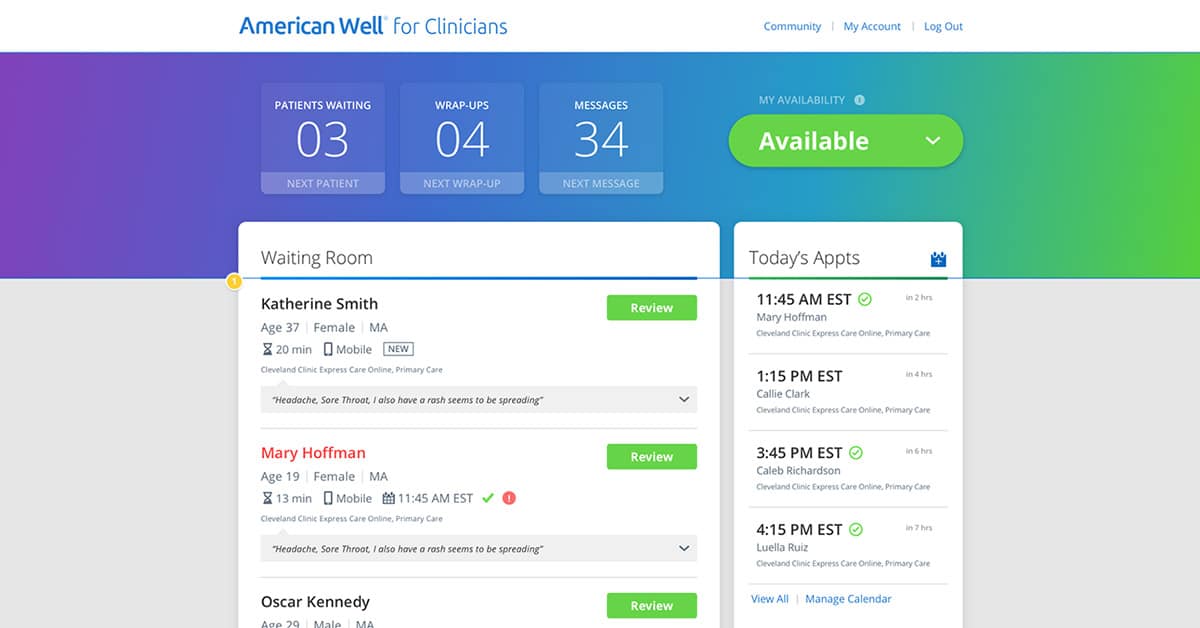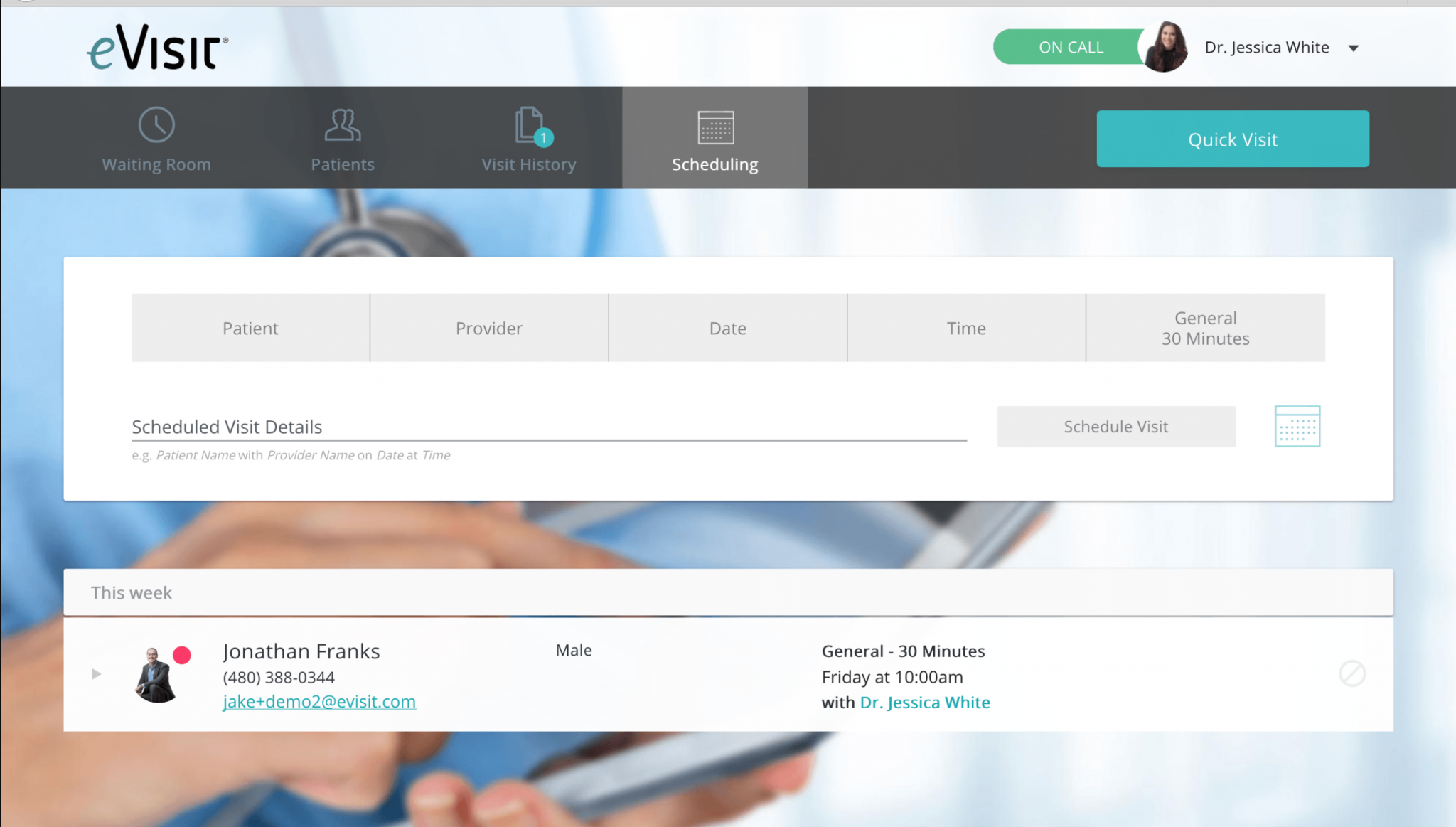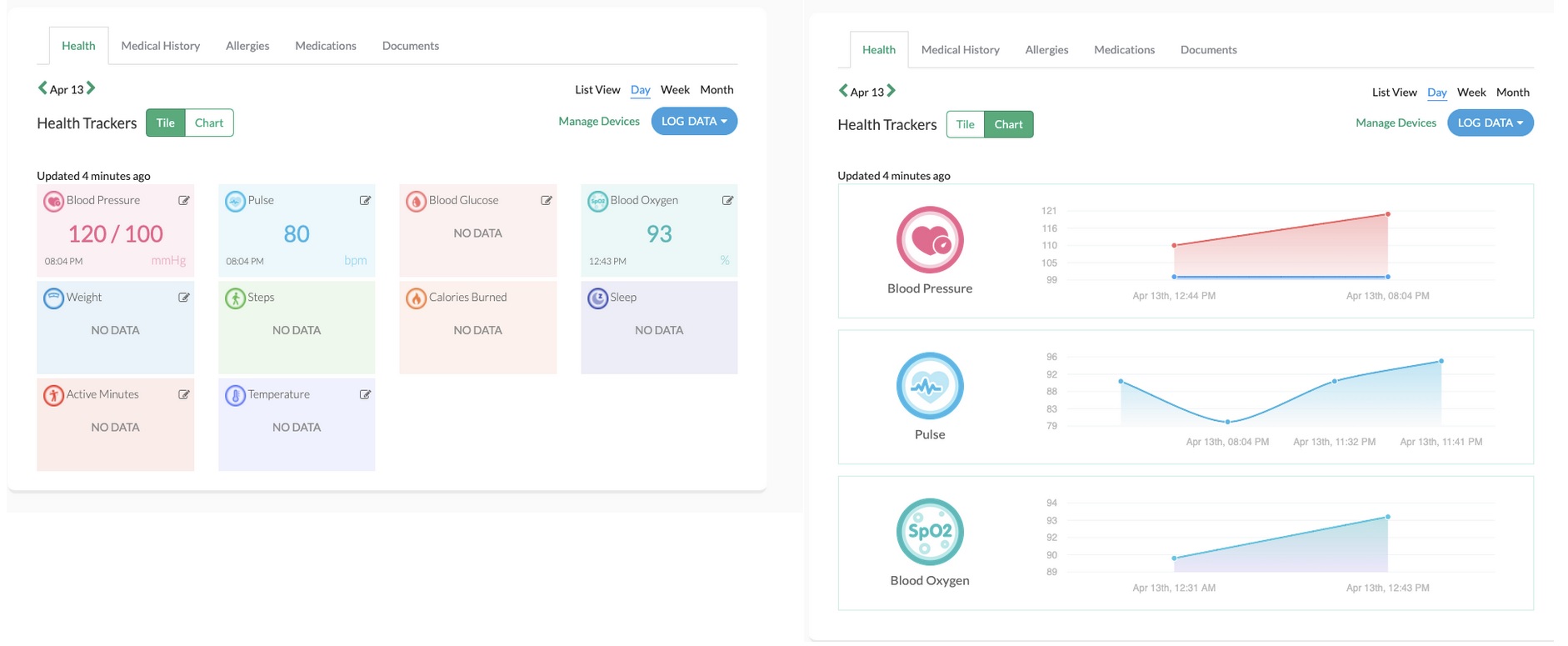When the COVID-19 pandemic hit in 2020, telehealth visits increased by 50 percent, and projections are that the pandemic will result in a year-over-year increase of 64.3 percent for these services by the end of the year. Analysts are now projecting that there will be more than 1 billion virtual care visits this year alone, so it’s safe to say that telehealth is only going to increase in popularity.
One telehealth provider — Teledoc — reported that requests for virtual appointments swelled to more than 15,000 per day in March. The company was one of the first to offer patients an alternative to a standard in-person doctor’s visit. Instead of making an appointment and going into the office, people can call Teladoc and have a virtual visit either via phone or video with a certified doctor, nurse, or specialist.
But Teledoc isn’t the only telehealth provider in the game. Below is a list of four Teladoc alternatives that offer similar features and benefits, which may help you decide which software solution is the best fit for your needs.
1. Doxy.me
Doxy.me is a cloud-based electronic medical record (EMR) and telemedicine solution designed for practices of all sizes. It implements security and encryption protocols to maintain data integrity and privacy. A business associate agreement (BAA) is included.
Key features include
- Live chat
- Patient queue
- Patient check-in
- Reminders and alert notifications
- File transfers
- Care summaries
- Patient records management
- Personalized URL
Doxy.me offers a free version as well as a Professional version for individual providers, at $35 per month, and a Clinic version for $50 per month. A customized enterprise option is also available.
2. Amwell
Designed for practices of all sizes, Amwell is a popular cloud-based telehealth solution. App Annie, an analytics firm, reports that Amwell’s telehealth apps have been downloaded more than any other telehealth company’s apps. In fact, more than 150 million individuals have access to Amwell’s telehealth through their health plan.
Amwell’s solutions span everything from urgent care and pediatrics to telepsychiatry and chronic disease management, and they help you with HIPAA and GDPR compliance.
Key features include
- Alert notifications and reminders
- Payment collection through popular payment gateways
- Patient portals
- Patient queue
- File transfers
- Care summary
Because each solution is customized to the needs of each practice, pricing is available upon request.
3. eVisit
eVisit is a telehealth platform that reports organizations using their services see patient satisfaction rates of 96.4 percent. Their HIPAA-friendly proprietary workflows manage patient intake, reduce no-shows, eliminate collections, and allow patients to schedule appointments themselves. On average, healthcare providers using eVisit see an annual revenue increase of $26,426 per provider.
Key features include
- Live chat
- Payment collection through popular payment gateways
- Care summaries
- Alert notifications
- Patient records management
- Patient portal
Each solution is customized to the needs of a particular practice, but you can request both a free demonstration and a quote.
4. VSee
As a HIPAA-friendly telehealth solution, VSee works with users to build customizable virtual practices that include everything from custom logos and room descriptions to doctor profiles. The platform also offers eRx, health-trackers, ECG monitoring, and AI symptom checkers. In addition, VSEE offers live streaming digital peripherals, such as otoscopes and dermatoscopes.
Key features include
- Appointment scheduling
- ePrescribing
- Instant messaging
- Live chat
- File transfers
- Alert notifications and reminders
- Payment collection through popular payment gateways
The Plus plan for individual providers includes unlimited video calls and chat, and costs $29 per month. The Premium plan consists more advanced features like custom logo, shared scheduling and phone support at $49 per month. To upgrade to the Enterprise plan, contact the company for a quote.
Choosing a Teladoc alternative
Telehealth isn’t going anywhere. In fact, even before the pandemic, analysts were projecting the market for these services would increase to more than $175 billion by 2026. Teladoc is one option, but it’s not the only option.
There are many alternatives when it comes to telehealth solutions. You need to take into account the specific needs of your practice. Regardless of which tool you choose, you’ll be better prepared to remotely care for your patients — both now and in the future.





















































Send Comment:
1 Comments:
More than a year ago
Nice one. Thanks for sharing